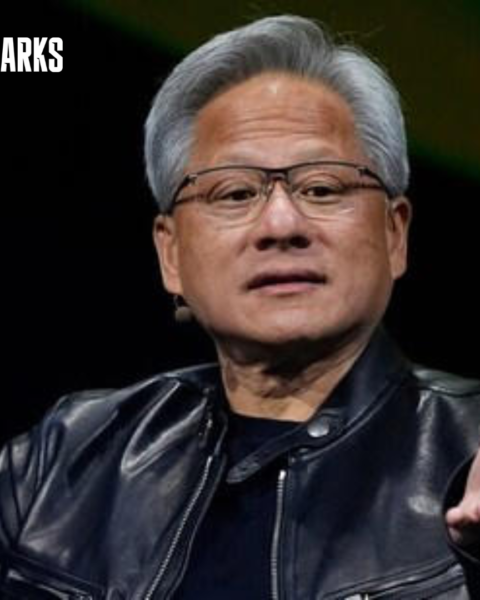Uber faces growth slowdown amidst financial challenges

Uber revealed a shock first-quarter loss and predicted gross bookings in the second quarter below Wall Street expectations, sending the ride-share and food delivery firm’s shares down 6% before the bell.
Overview of Uber’s Performance
After a strong 2023 marked by dominating the U.S. ride-share market and delivery business, Uber‘s growth appears to be slowing, as indicated by its recent financial report.
Despite posting its first annual profit in 2023, Uber reported a net loss of $654 million, missing analysts’ expectations for a net profit of $503.1 million.
Factors Contributing to Loss
Uber’s net loss was primarily driven by legal charges, provisions, and fair valuation adjustments related to certain company investments.
Additionally, the company fell short of market expectations for quarterly gross bookings, a crucial metric reflecting the total transaction value on the platform.
Challenges in Ride-Share Demand
Also read: DISNEY FACES SHARE DECLINE AMID STREAMING SUCCESS AND TRADITIONAL TV DECLINE
Chief Financial Officer Prashanth Mahendra-Rajah attributed the lower-than-expected performance to softer ride-share demand in Latin America and the impact of certain holidays shifting into the first quarter.
Analysts had anticipated a slowdown in spending due to sluggish economic activity in the U.S. and persistent consumer pressures.
Market Response and Analyst Perspectives
Investors reacted negatively to Uber’s financial report, highlighting concerns about the company’s growth trajectory. Thomas Monteiro, a senior analyst at Investing.com, expressed surprise at the extent of the deceleration, noting that it exceeded the base case expectations.
Lyft’s Performance and Competitive Strategies
In contrast to Uber’s challenges, Lyft, Uber’s smaller rival operating in the U.S. and parts of Canada, posted better-than-expected results and forecasted a strong second quarter.
Lyft’s CEO, David Risher, has focused on aggressively cutting costs while enhancing user experience with shorter wait times and competitive fares.
Market Share Dynamics
Uber, operating in approximately 70 countries and offering various services including freight booking, still holds a significant market share, particularly in the U.S. ride-hailing market.
Despite Lyft’s efforts to gain market share, Uber’s dominance remains strong, with a 72% share in the U.S. ride-hailing market in the March quarter according to YipitData.
Conclusion
Uber’s recent financial report signals a potential slowdown in growth, underscored by challenges in ride-share demand and missed market expectations. As Uber navigates these hurdles, competition from rivals like Lyft intensifies, prompting both companies to innovate and adapt in the evolving mobility landscape.
Share This
Tony Boyce is a seasoned journalist and editor at Sharks Magazine, where his expertise in business and startups journalism shines through his compelling storytelling and in-depth analysis. With 12 years of experience navigating the intricate world of entrepreneurship and business news, Tony has become a trusted voice for readers seeking insights into the latest trends, strategies, and success stories.




















